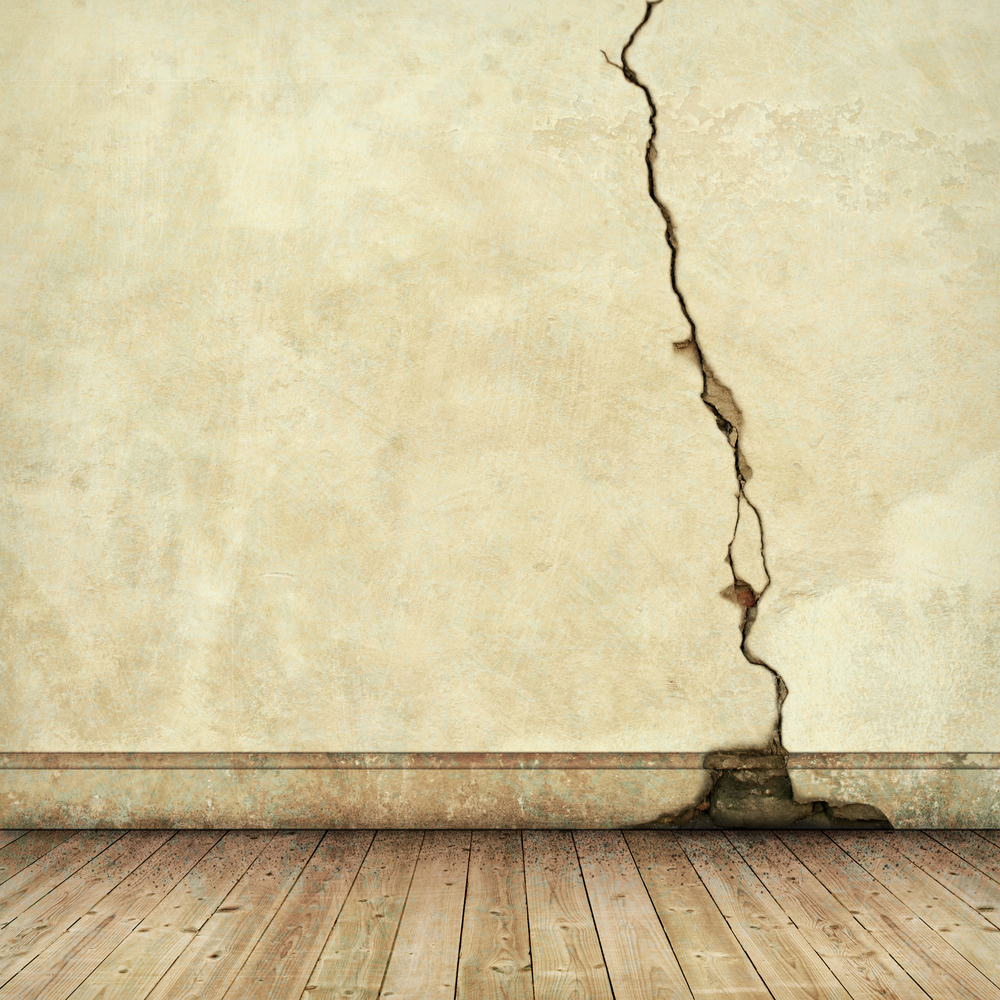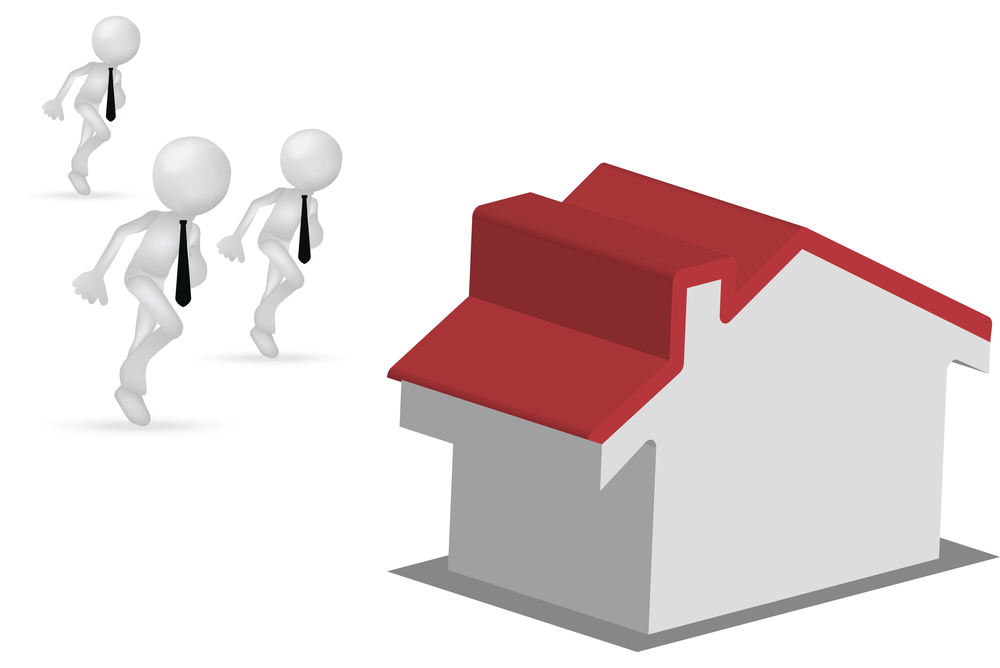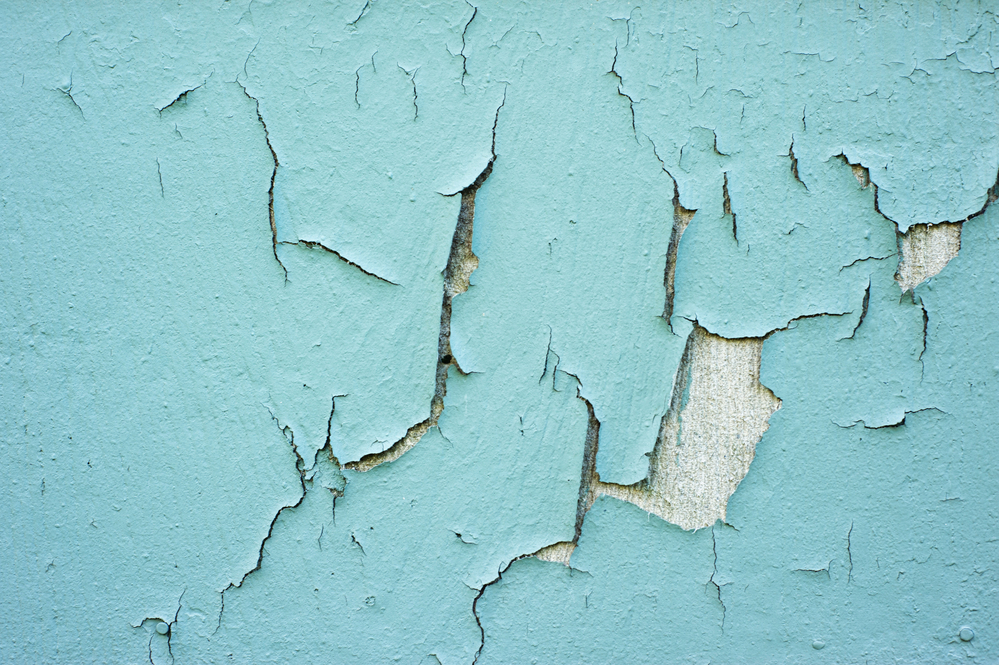Many property owners start panicking when they see cracks appearing inside or outside their homes. While some cracks can indicate that there is a potential structural issue, this is not always the case. However, it is still strongly recommended that a professional be called in when cracks first start appearing, as this will help determine whether there is a serious underlying issue or not. Below are some potential causes of cracks and how they can be dealt with.
Diagnosing Various Types of Cracks
Firstly, it is important to determine in which direction the cracks are moving across your home’s walls. If they are vertical cracks that start close to the joining points of dry walling and the ceiling, the cause would usually be settling of your home’s foundations after construction has been completed. In most cases, these cracks are not a serious issue, and will also normally not cost a lot to repair.
Wall cracks that run horizontally or at a 45 degree angle can indicate more serious issues such as potential foundation shift, water damage and other structural problems which can be rather costly to fix. If ignored, they will worsen with time and require even more expensive repair work to be done.
When it comes to cracks that run laterally, these can have several different causes. However, the good news with them is that they don’t usually point towards any significant structural problems. If there are cracks in your home that are running diagonally, these should be attended to immediately, as they can indicate subsidence of the slab or footings of your home.
Addressing the Cracks
If cracks start appearing in your home, don’t immediately assume the worst. Virtually all homes will have a few cracks here and there. This is especially true of newer homes because of the fact that the structure will take some time to fully settle. In some cases, cracks can be a result of water damage as well, especially if you have a few damaged roof tiles.
When assessing any cracks that have appeared inside or outside your home, it is essential to have them inspected by an expert such as a structural engineer if they are wider than 5 millimetres. It’s also essential that cracks be monitored regularly to ensure that they don’t get worse over time. In some cases, it may also be necessary to hire the help of an experienced and qualified builder to lift ceilings and cornices that have dropped or become misaligned over time.
Another potential cause of cracks in your home can be trees that have been planted too close to its foundations. If this is the case with your property, you will need to hire the services of a professional tree feller to remove them. When planting new trees, bushes or shrubs, ensure that they are planted far away enough from your home so that further structural damage doesn’t occur at some point in the future.




